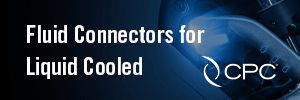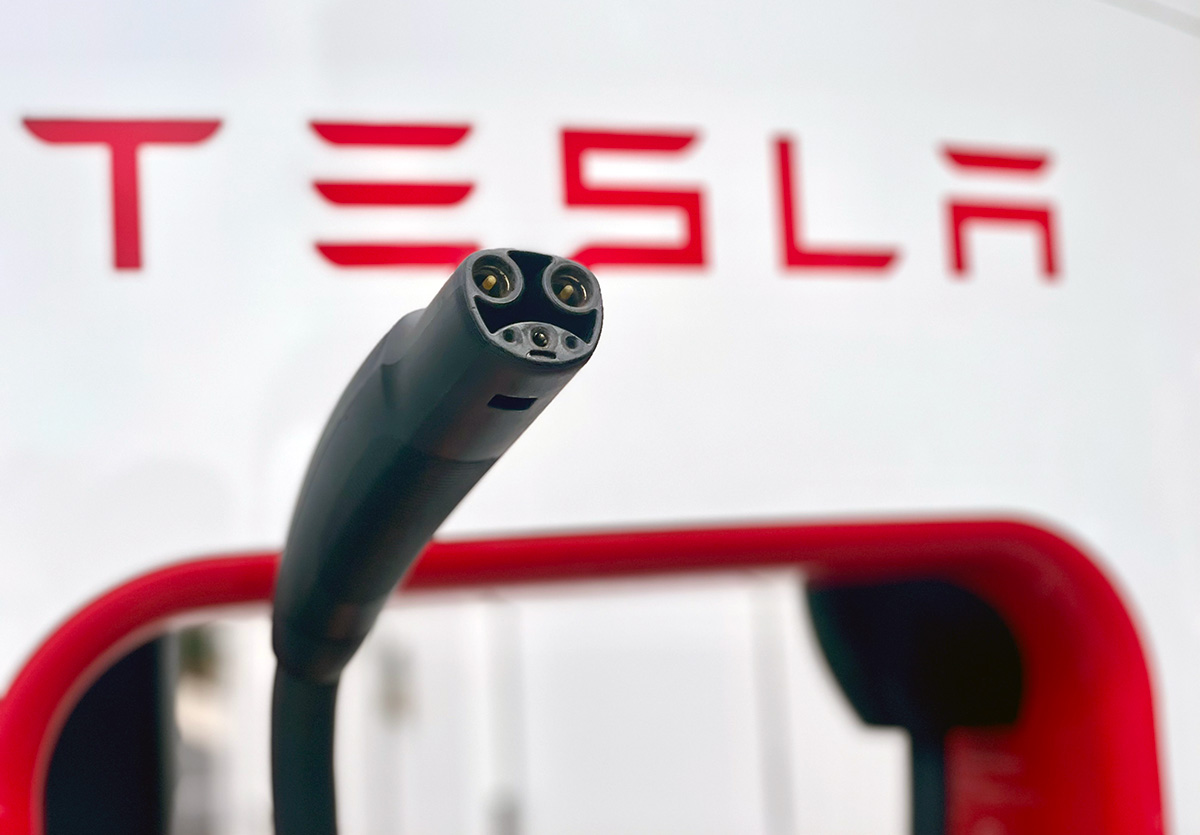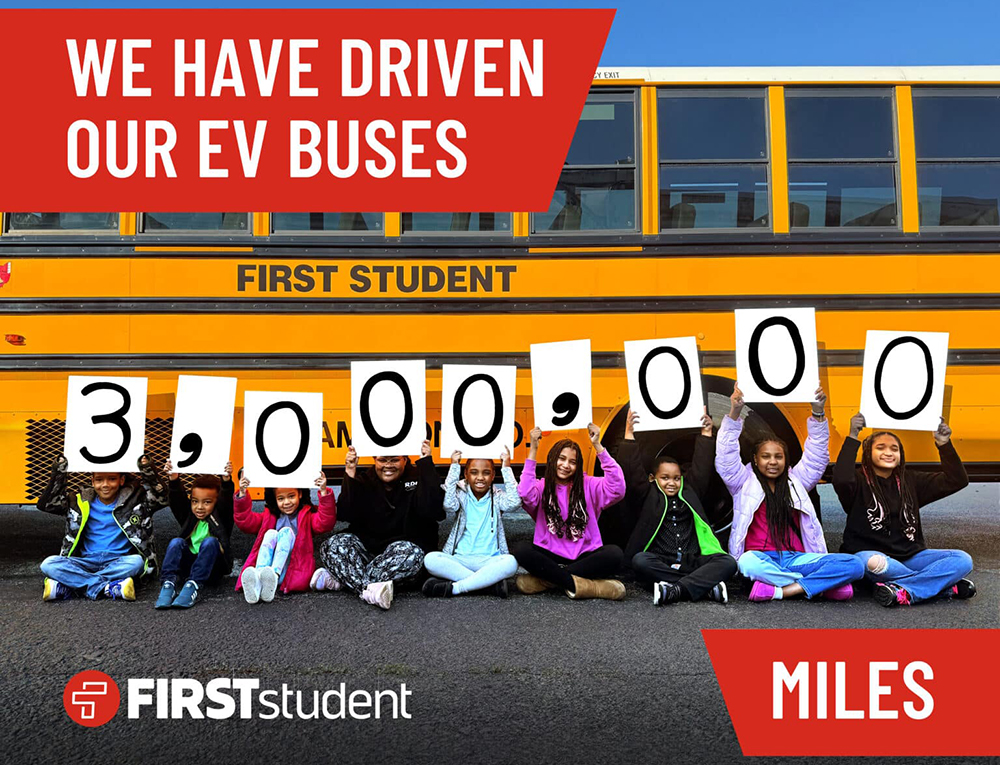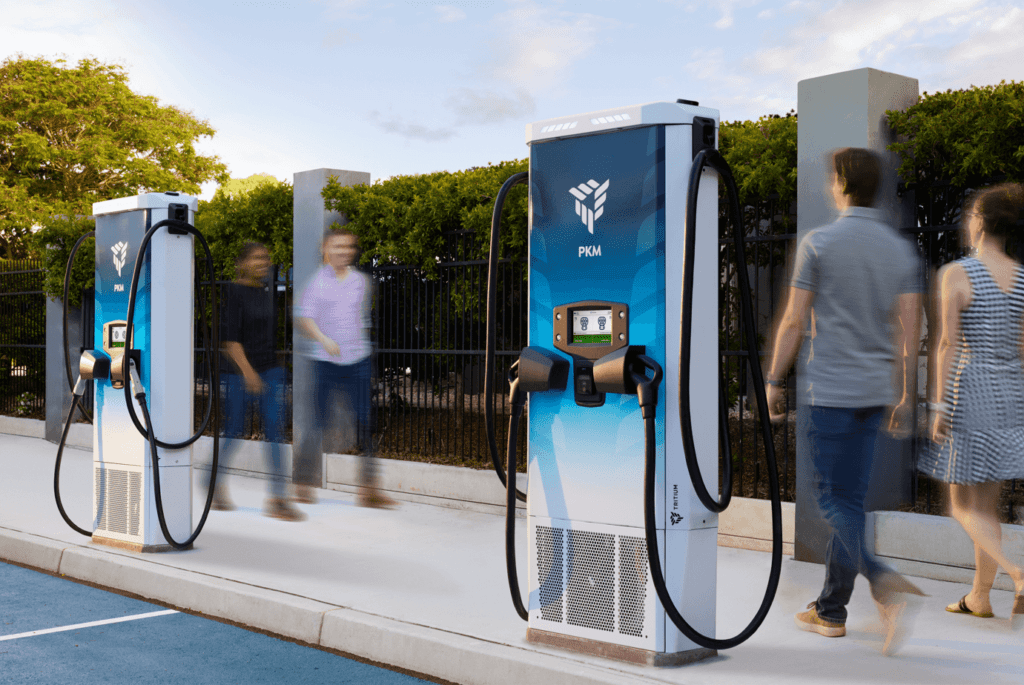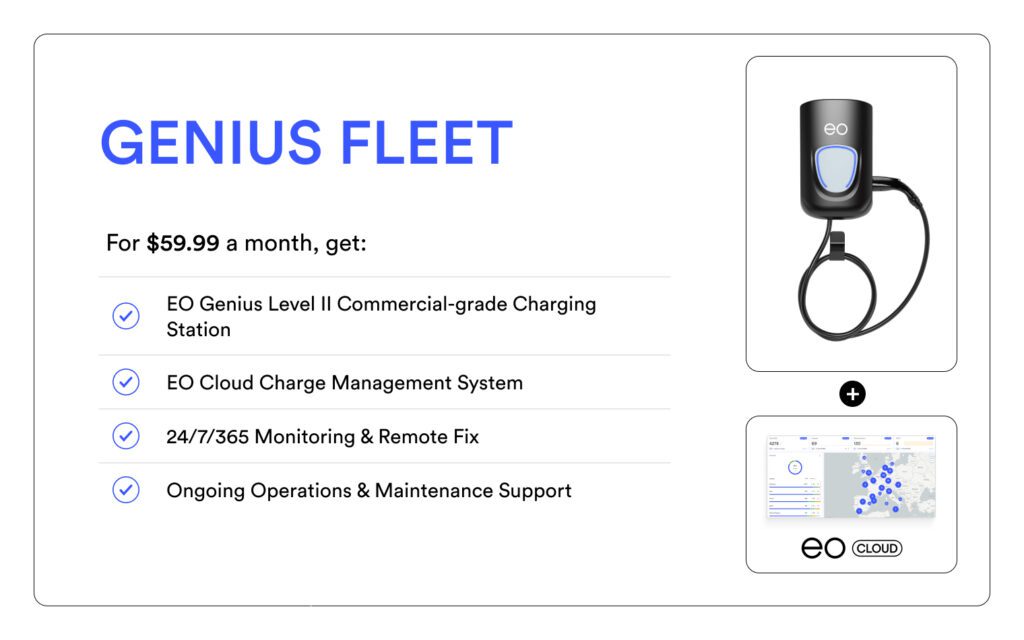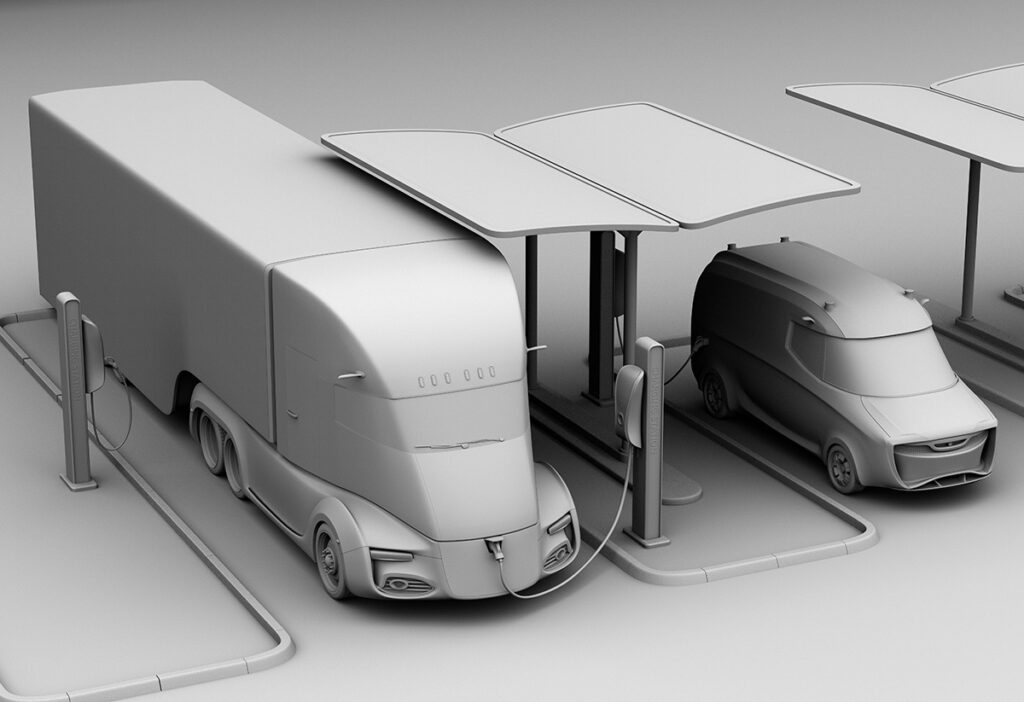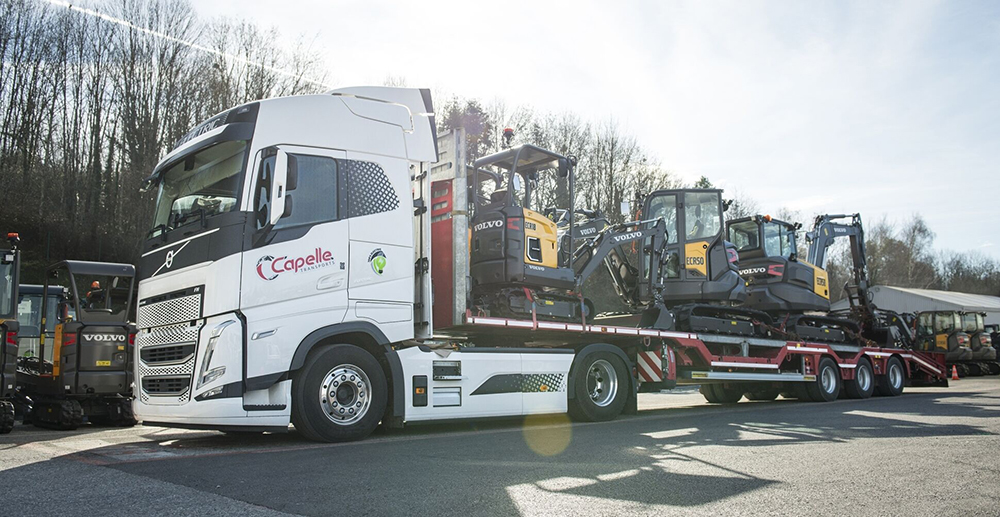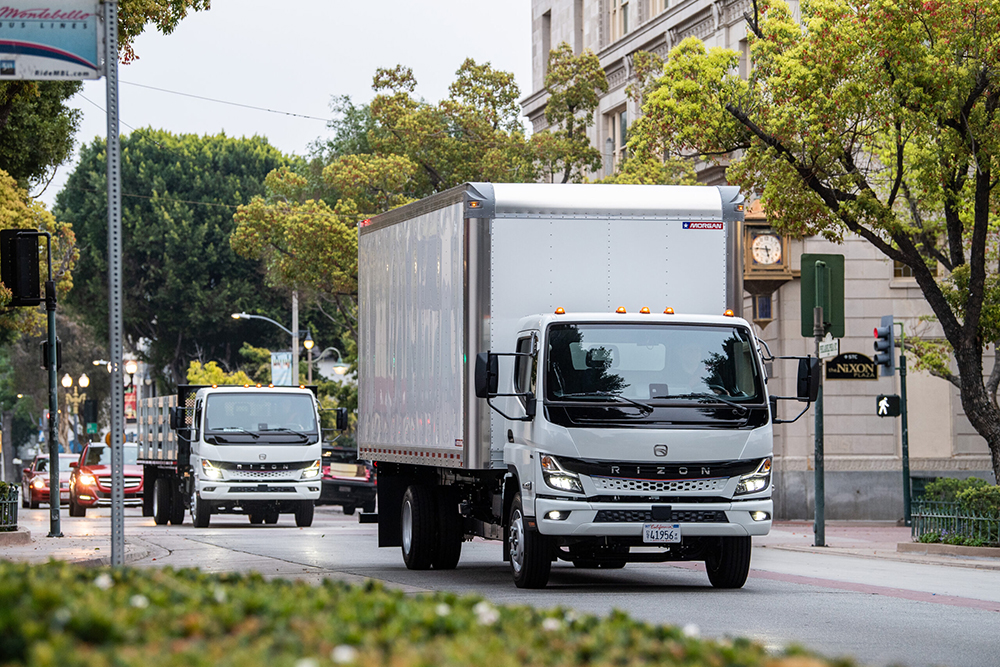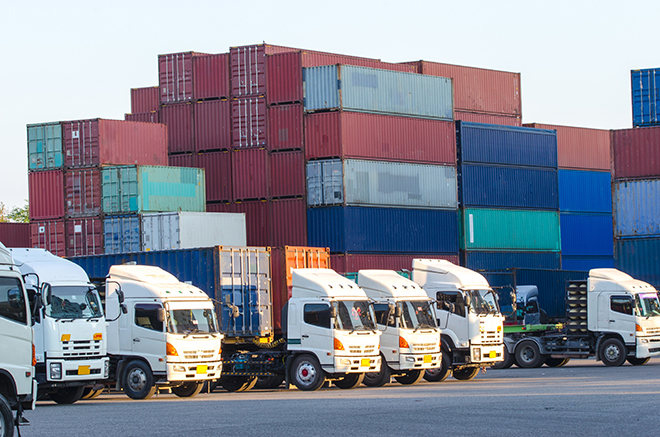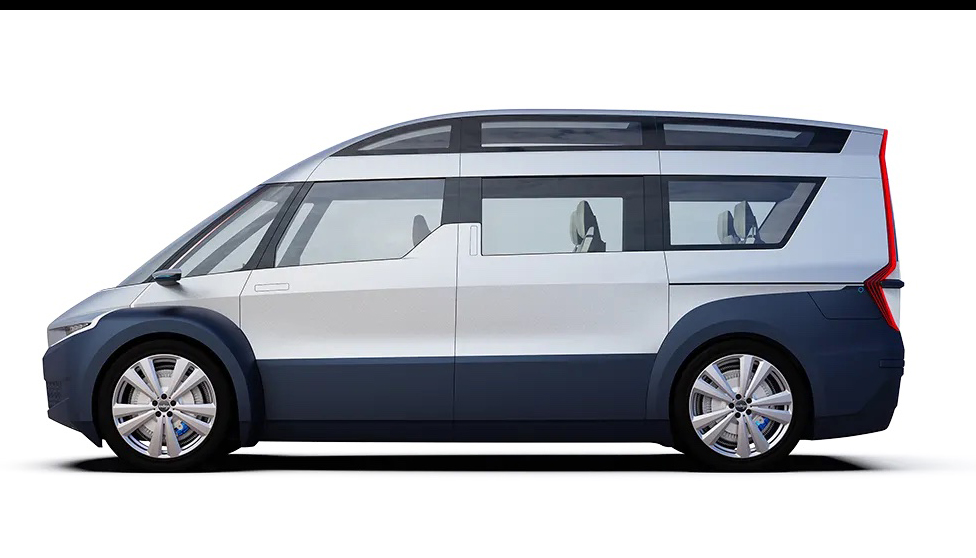Part 1: How automakers’ disappointment in Electrify America drove them into Tesla’s arms
Part 3: Why Tesla’s NACS is unlikely to kill CCS
Part 4: Behind the scenes as seven automakers counter Tesla’s Superchargers
EV charging is changing, but much remains to be settled
A flurry of news over less than a year permanently altered the US landscape for EV charging. To put these startling developments in context, Charged interviewed more than a dozen executives, engineers and analysts from automakers, DC fast charging network operators, charging hardware firms and other businesses. cosystem. Only Ford provided written responses to (a few of) our questions.
NACS is not today’s Tesla connector
One aspect of the news that seems to have flown below the radar is that the so-called NACS is effectively the next generation of Tesla connector and protocols. The connector itself is slightly modified, but backward-compatible with older Teslas. Most importantly, it switches from a low-voltage/high-current mix to one with higher voltages but lower currents. This is crucial for the growing number of makers whose EV batteries can charge at 800 volts at rates up to 350 kilowatts, since the current generation of Superchargers maxes out at about 250 kW.
One aspect of the news
that seems to have flown below the radar is that the so-called NACS is effectively the next generation of Tesla connector and protocols.
Tesla began fitting the European versions of the CCS connector and protocols to Model 3s and Model Ys it sells in those countries in early 2019 and it supplied a CCS-to-Tesla adapter at the same time. It thus has considerable experience using CCS protocols to control charging—and, indeed, has built them into its North American-market EVs, using its own connector, since 2021. Tesla vehicles built before then controlled charging via the CAN bus and hence require a replacement Power Line Control module to use the current Version 3 Supercharger stations. (It costs $615, including the CCS-to-Tesla adapter.) Those stations are the only ones at which non-Tesla vehicles can charge via the company’s Magic Dock CCS adapter (on the dozen or so stations where it has been fitted).
In other words, Tesla is already familiar with charging via CCS protocols—via a different connector. (Tesla no longer offers a way for reporters to contact the company for comments, so we were not able to speak with Tesla representatives while reporting this article.)
A connector is not a network
A peculiar aspect of Tesla’s deals with Ford and GM is the assumption by many EV drivers that fitting a Tesla connector to a non-Tesla EV and providing access to the Supercharger network will automatically result in a charging experience that is as seamless, reliable and fast as Tesla’s. That has yet to be proven.
Indeed, engineers and more technically literate executives we spoke to were uniformly cagey when asked whether they expected their vehicles to charge as fast at Superchargers as they did at CCS stations. The question is most acute for 800-volt pioneer Porsche, but it also applies to increasing numbers of EVs from GM, Hyundai, Kia and Lucid, with more to come.
It’s too early to offer a definitive answer to that question. Auto engineers at multiple makers are now dissecting the Tesla documents, figuring out how it functions, and negotiating what information they must provide to the Tesla charging station to validate a session. “Eventually, validation will be via ISO 15118 and Plug and Charge, but [it’s unclear] when that will come to pass,” said a source, summarizing statements by a Tesla representative within the SAE J3400 working group attempting to make Tesla’s connector into a technical standard.
Today, to use the Magic Dock adapter at those few Supercharger sites where it’s offered, drivers of non-Tesla EVs must download the Tesla app, which requires them to provide Tesla with personal identification information and a credit card number. No automaker will want to hand that info to a competitor, so validation of charging sessions at Tesla sites remains an open issue.
Three days after the press release, the lead vehicle engineer on one highly publicized future EV from a large maker said, “The [Tesla alliance] caught us off guard and we still don’t know exactly what was in the agreement they signed.”
It’s clear that the decision to ally with Tesla was one made at CEO level, then foisted on the engineers who must integrate it into future EVs within a 3-year deadline. Indeed, three days after the press release, the lead vehicle engineer on one highly publicized future EV from a large maker said, “The announcement caught us off guard and we still don’t know exactly what was in the agreement they signed.” Tesla is said to have a document with roughly 40 non-negotiable technology requirements—or what the engineers would have to do to incorporate NACS into their largely complete vehicle design.
The adapter problem
The wild card in this scenario is all those adapters. Carmakers will undoubtedly test, validate and warrant the various adapters they provide. But any adapter adds resistance between the charging station and the vehicle. Whether they can retain the same charging rates, while maintaining their required margins of safety, remains an open question. “That would be our goal,” one automaker exec said cautiously. “We’re working to ensure minimal impact to the charging experience with adapters.”
Can carmakers educate their buyers appropriately, given the generally dismal understanding of EV charging among auto salespeople and EV novices? “We hope to deliver the right level of education” on those topics, said the exec—again cautiously.
The Tesla system “is not unsafe,” said one engineer, choosing their words carefully, “but there’s no margin for error.” It’s easy when you only have four vehicles to charge, said a battery expert. Ensuring proper safety margins is now up to each automaker adopting the NACS system.
Teslas have been optimized to charge at Supercharger stations, but until now, EVs from other makers haven’t. A couple of charging engineers also expressed concerns over what they termed Tesla’s slim safety margins vis-à-vis overcharging and high temperatures within the charging circuit. The Tesla system “is not unsafe,” said one engineer, choosing their words carefully, “but there’s no margin for error.” It’s easy when you only have four vehicles to charge, said a battery expert, if you’ve designed both the hardware and software for both the charging station and the vehicle. Ensuring proper safety margins is now up to each automaker adopting the NACS system, and they may not land in the same place as Tesla.
Part 1: How automakers’ disappointment in Electrify America drove them into Tesla’s arms
Part 3: Why Tesla’s NACS is unlikely to kill CCS
Part 4: Behind the scenes as seven automakers counter Tesla’s Superchargers
This article appeared in Issue 65: July-September 2023 – Subscribe now.


